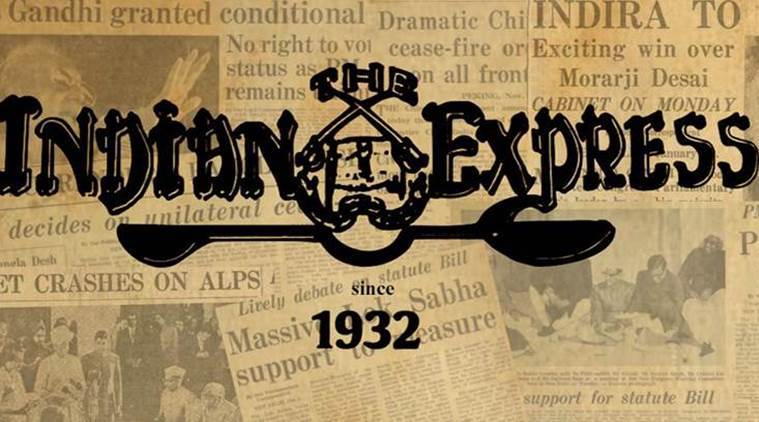Opinion Blooper reel
The project to archive Indian cinema’s heritage falters in its implementation. It’s a costly failure.

 Despite producing the largest number of films in the world, Indian society and its government seem unaware of the importance of preserving cinema history.
Despite producing the largest number of films in the world, Indian society and its government seem unaware of the importance of preserving cinema history.
The first archives and records date back to ancient Mesopotamia — for the rather mundane purpose of tax collection. Modern states and societies, however, require an institutional memory that moves beyond tithes and tariffs and extends to history and culture. By any reasonable contemporary measure — cultural, historical or economic — Indian cinema’s rich, diverse heritage is a resource worth archiving and protecting. The Government of India recognised this, in theory, when it rolled out the National Film Heritage Mission (NFHM) in November 2014 and earmarked nearly Rs 600 crore for the preservation and restoration of celluloid prints. However, nearly half-way through the Mission, the National Film Archive of India (NFAI) continues to falter in its implementation.
Through a series of RTI applications, The Indian Express has found that about 1,100 films, including rare reels both domestic and foreign, are “not in a runnable condition”, according to the “condition report” of the NFAI. The archiving itself appears haphazard and incomplete: While 51,500 cans of film reels and 9,200 prints were “not present” in the Pune-based archive, 1,112 cans of film that have not been listed are present in the vaults. The missing titles include classics such as Satyajit Ray’s Pather Panchali, Guru Dutt’s Kagaz ke Phool and Akira Kurosawa’s Seven Samurai. Silent films, as well as reels that recorded visits by foreign leaders to India in the first three decades after Independence and even rare, single prints, may now be lost to posterity. The NFAI also possesses film posters, scripts and press clippings that are decaying in its vaults.
Despite producing the largest number of films in the world, Indian society and its government seem unaware of the importance of preserving cinema history. But even by the standards of the purely utilitarian concerns that led to the first forms of writing and record-keeping, there is merit in the NFHM’s mandate. There is great economic value in original prints and paraphernalia of cinema, which, if preserved and showcased, will only grow. Politically, cinema is an integral part of India’s “soft power” projection. A functioning, vibrant archive of its diverse forms — in themes, languages and degrees of experimentation — can be a resource for researchers, academics and enthusiasts from around the world. For that to happen, the Ministry of Information and Broadcasting and the NFAI must work together urgently to fulfil the mandate of the NFHM, rather than it turning into a blooper reel of their own shortcomings.





